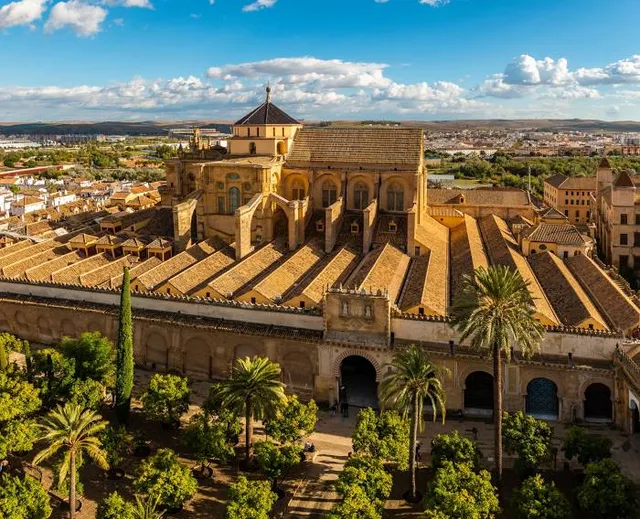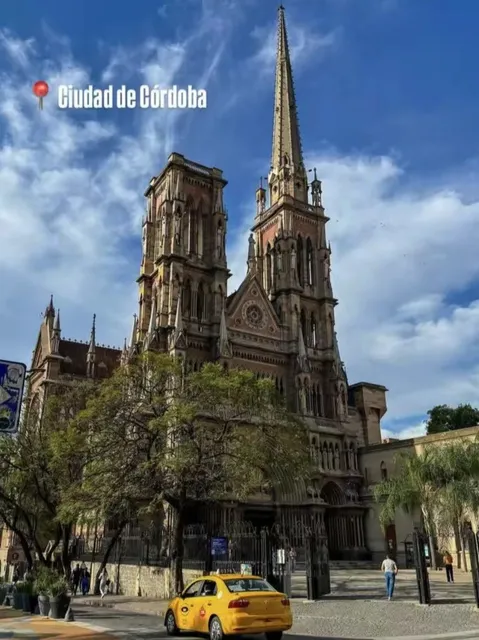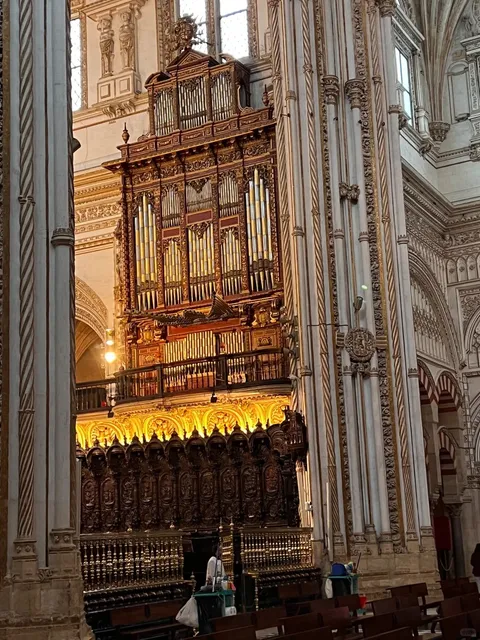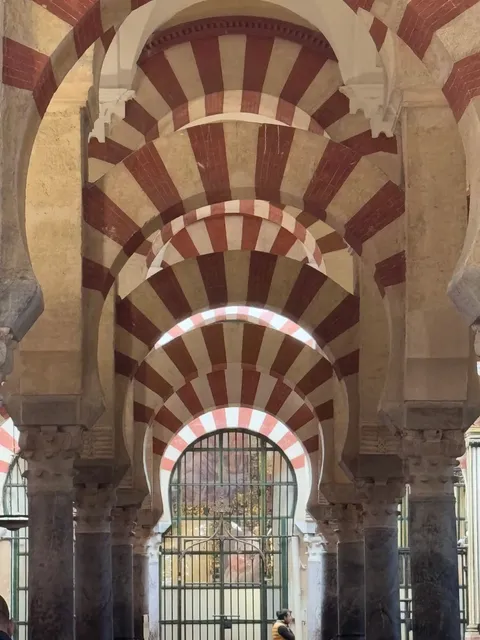Mosque-Cathedral of Córdoba things to do, attractions, restaurants, events info and trip planning
Basic Info
Mosque-Cathedral of Córdoba
C. Cardenal Herrero, º 1, Centro, 14003 Córdoba, Spain
4.8(10.1K)
Open 24 hours
Save
spot
spot
Ratings & Description
Info
The Mosque–Cathedral of Córdoba, officially known by its ecclesiastical name of Cathedral of Our Lady of the Assumption, is the cathedral of the Roman Catholic Diocese of Córdoba dedicated to the Assumption of Mary and located in the Spanish region of Andalusia.
Cultural
Accessibility
attractions: Patio de los Naranjos, Roman Bridge of Córdoba, Alcazar of the Christian Monarchs, Centro histórico de Córdoba, Calleja de las Flores, Puerta del Puente, Triunfo de San Rafael de la Puerta del Puente, Torre-campanario de la Mezquita-Catedral de Córdoba, Baños del Alcázar Califal, Museo Arqueológico de Córdoba, restaurants: Bodegas Mezquita Céspedes, Horno San Luis, Bodegas Mezquita Ribera, Restaurante La Esquinita de la Judería El Patio, Casa Pepe de La Judería, Restaurante Campos De Toro- Campos de toro GRILL, Taberna Ágora Mezquita, Taberna El Abanico Mezquita, Bodegas Mezquita Corregidor, Taberna La Manuela
 Learn more insights from Wanderboat AI.
Learn more insights from Wanderboat AI.Phone
+34 957 47 05 12
Website
mezquita-catedraldecordoba.es
Plan your stay

Pet-friendly Hotels in Córdoba
Find a cozy hotel nearby and make it a full experience.

Affordable Hotels in Córdoba
Find a cozy hotel nearby and make it a full experience.

The Coolest Hotels You Haven't Heard Of (Yet)
Find a cozy hotel nearby and make it a full experience.

Trending Stays Worth the Hype in Córdoba
Find a cozy hotel nearby and make it a full experience.
Reviews
Nearby attractions of Mosque-Cathedral of Córdoba
Patio de los Naranjos
Roman Bridge of Córdoba
Alcazar of the Christian Monarchs
Centro histórico de Córdoba
Calleja de las Flores
Puerta del Puente
Triunfo de San Rafael de la Puerta del Puente
Torre-campanario de la Mezquita-Catedral de Córdoba
Baños del Alcázar Califal
Museo Arqueológico de Córdoba
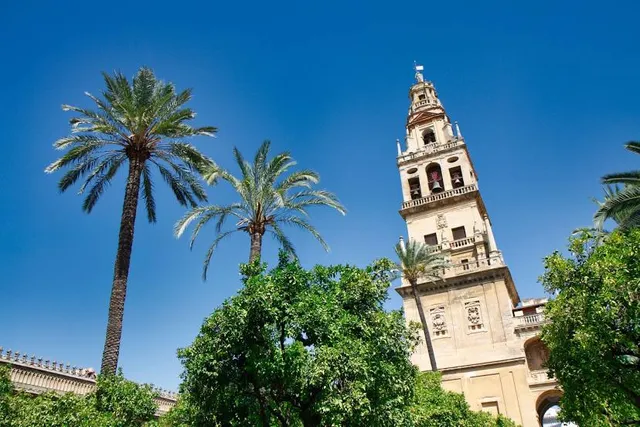
Patio de los Naranjos
4.8
(1.9K)
Open 24 hours
Click for details
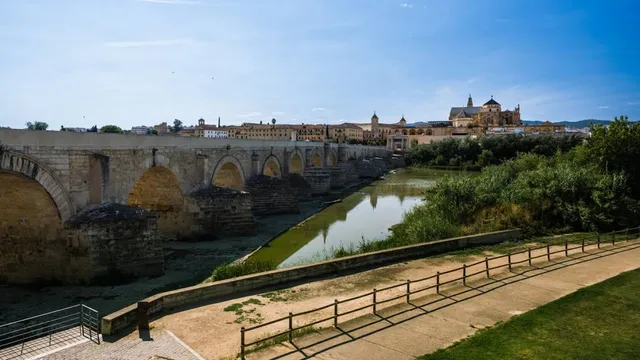
Roman Bridge of Córdoba
4.7
(11.7K)
Open 24 hours
Click for details
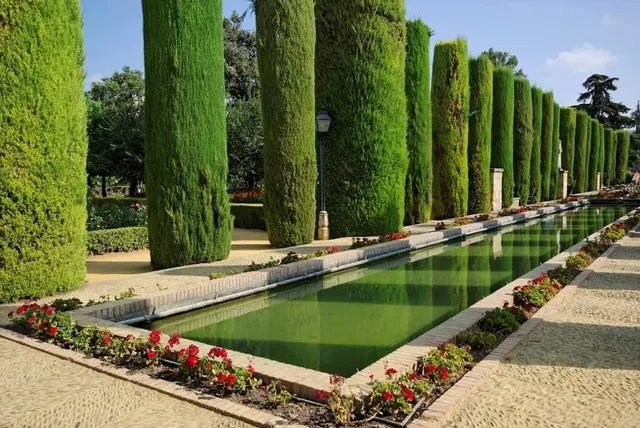
Alcazar of the Christian Monarchs
4.5
(12.9K)
Open 24 hours
Click for details

Centro histórico de Córdoba
4.8
(262)
Open until 12:00 AM
Click for details
Things to do nearby
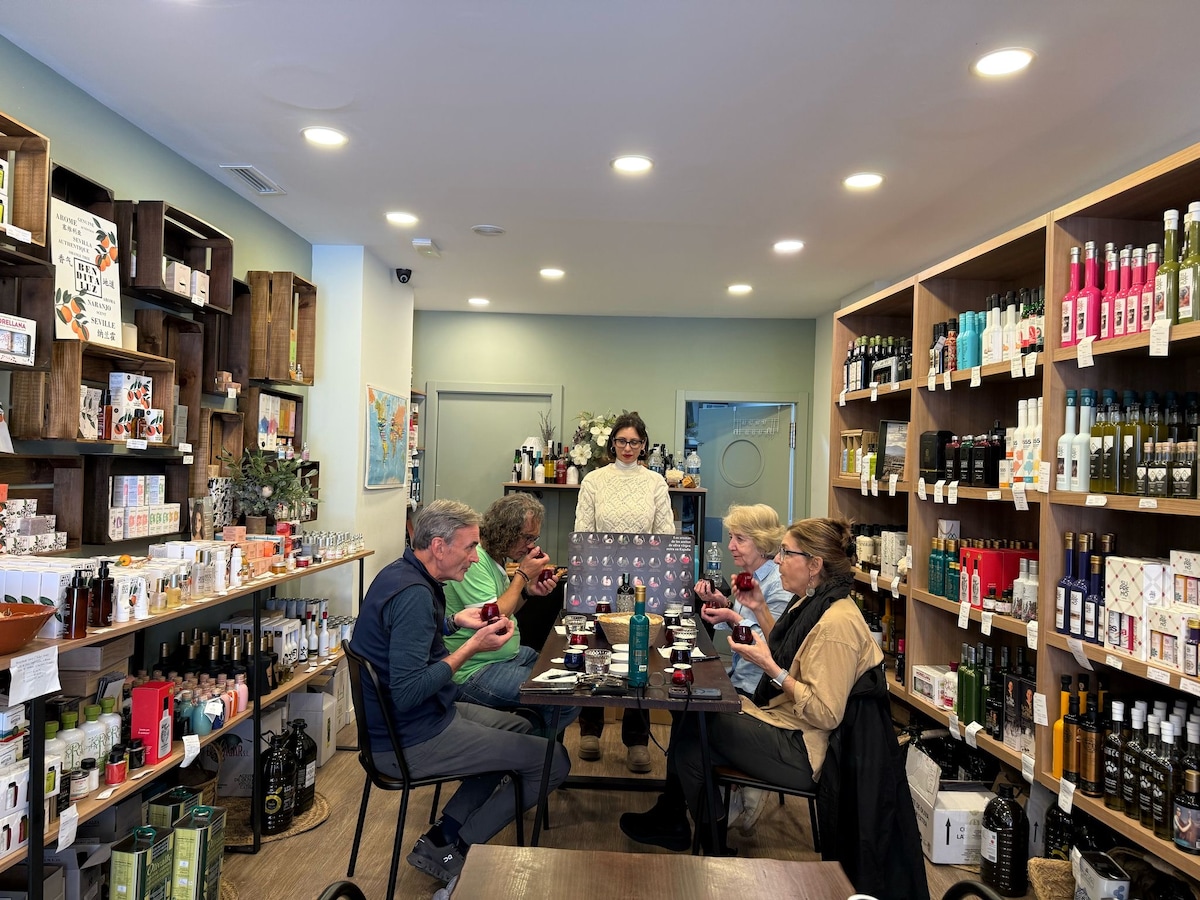
Olive Oil Tasting Experience
Fri, Jan 2 • 10:30 AM
14003, Córdoba, Andalusia, Spain
View details

Local wine tasting - learn about Córdobas wine
Fri, Jan 2 • 6:00 PM
14001, Córdoba, Andalusia, Spain
View details
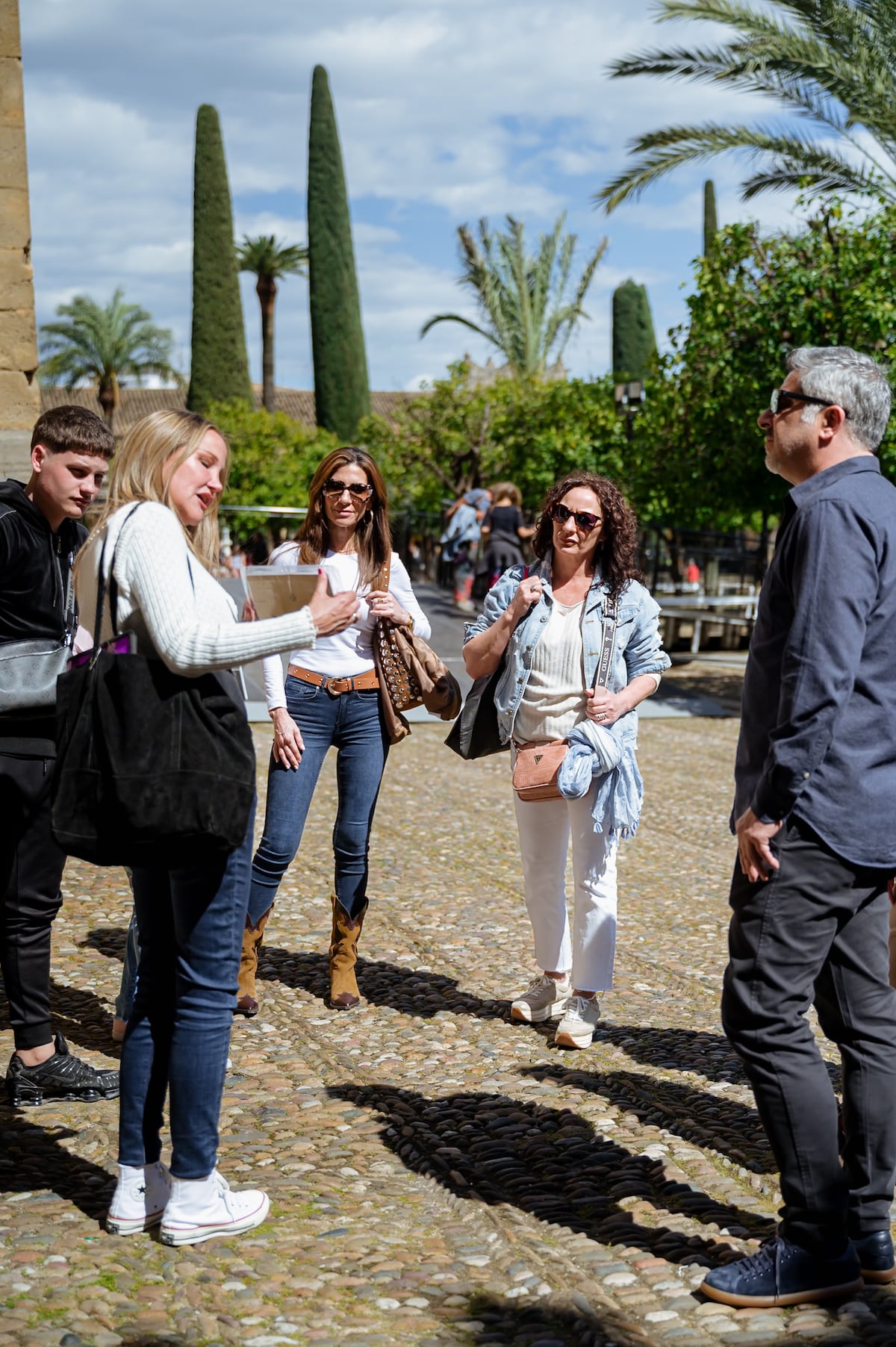
City tour Cordoba : Explore Córdobas highlights
Fri, Jan 2 • 10:30 AM
14002, Córdoba, Andalucía, Spain
View details
Nearby restaurants of Mosque-Cathedral of Córdoba
Bodegas Mezquita Céspedes
Horno San Luis
Bodegas Mezquita Ribera
Restaurante La Esquinita de la Judería El Patio
Casa Pepe de La Judería
Restaurante Campos De Toro- Campos de toro GRILL
Taberna Ágora Mezquita
Taberna El Abanico Mezquita
Bodegas Mezquita Corregidor
Taberna La Manuela
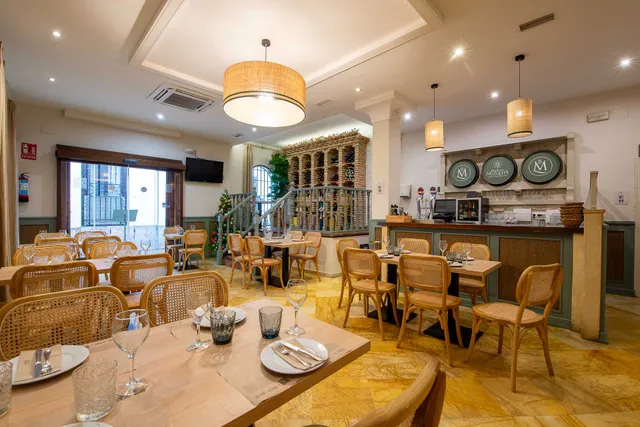
Bodegas Mezquita Céspedes
4.8
(7.7K)
Click for details
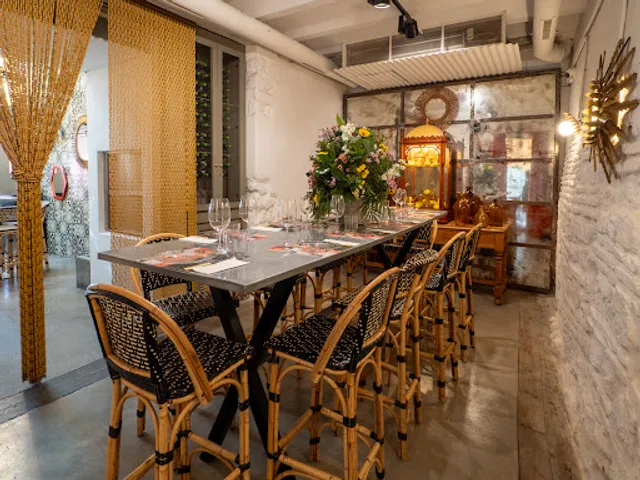
Horno San Luis
4.4
(1.6K)
Click for details
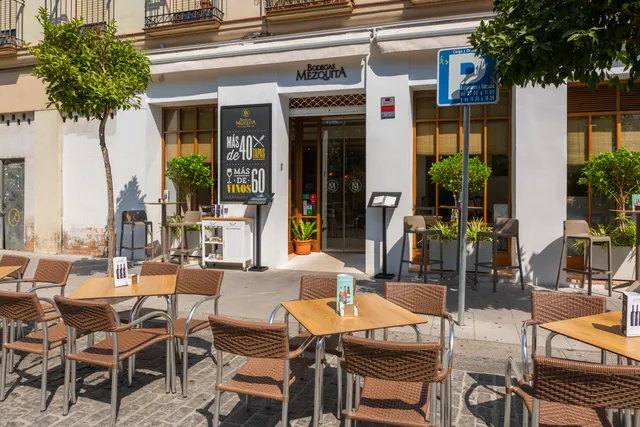
Bodegas Mezquita Ribera
4.8
(6.1K)
$$
Click for details
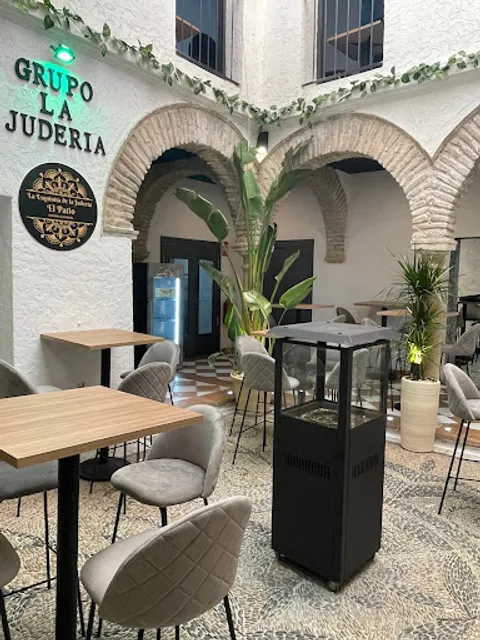
Restaurante La Esquinita de la Judería El Patio
4.8
(3K)
Click for details
